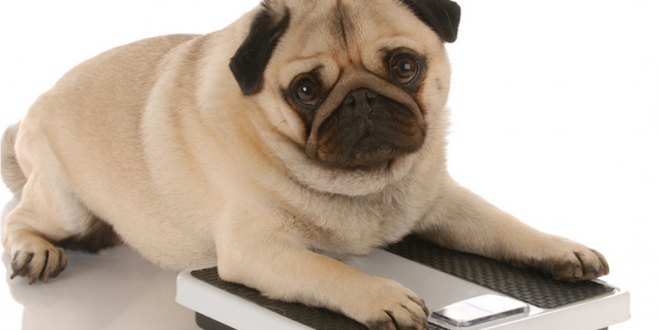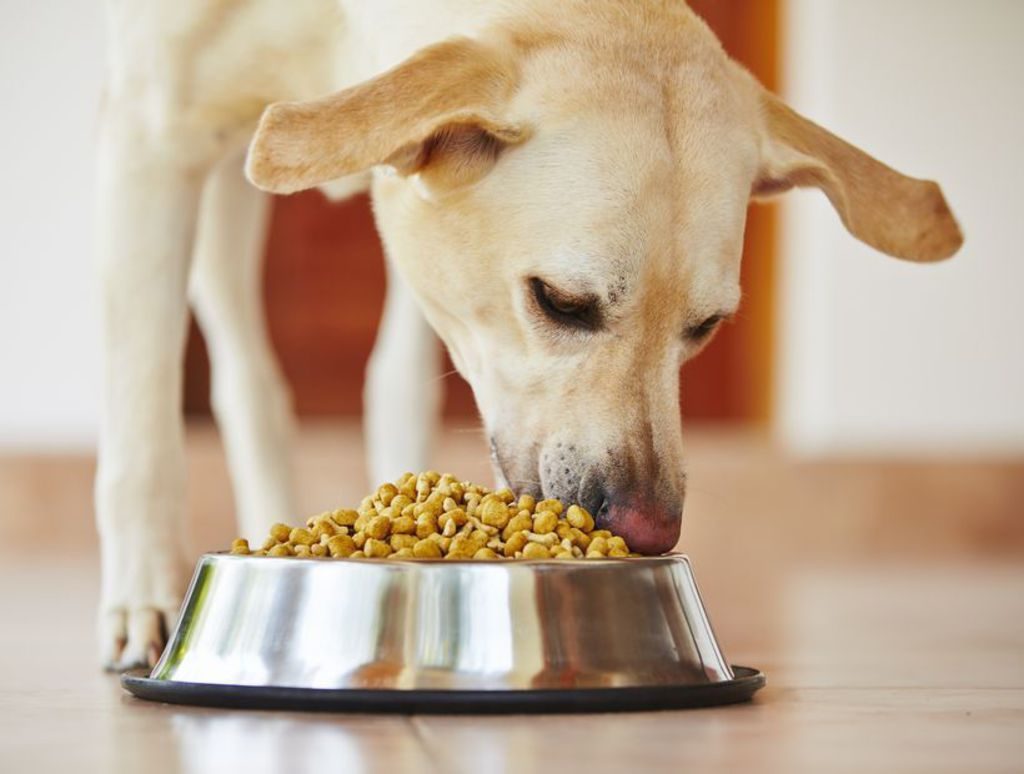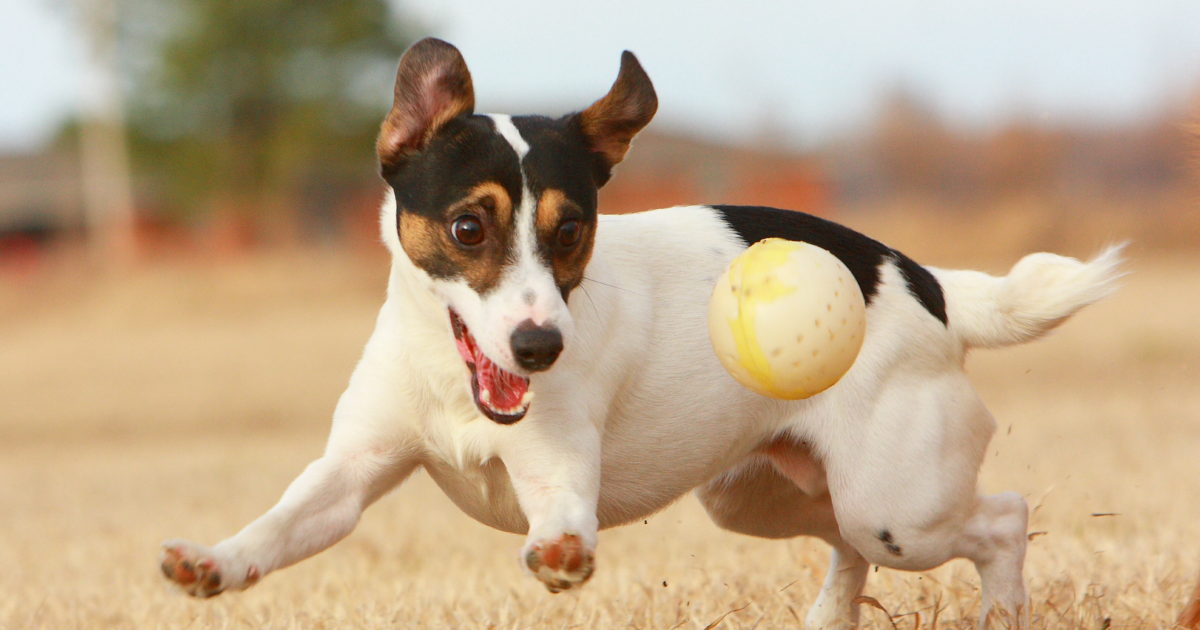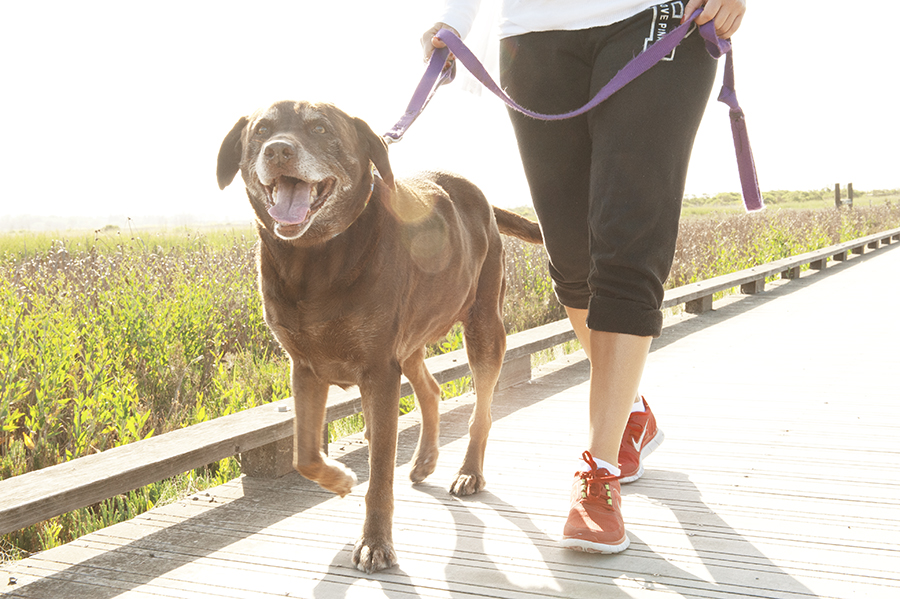Is your pet dog starting to avoid playtime and daily walks? Have they started looking a bit bulkier? It is an indication that your dog may have put on some weight.
It is important to keep your dog’s weight in check in order to ensure long-term health. But before you start a weight loss plan for your dog, do consider consulting a veterinarian. Here are some tips to help your dog lose weight:
#1. Lower the Kibble amount
Kibble is high in carbs – so a higher kibble content diet and less physical exercise for the dog will result in an overweight dog. The first step to losing weight is minimizing the number of calories in the diet of your dog.
The portion sizes given on the dog food bags are usually larger than they should be. So you can cut back a bit and use a measuring cup. Also, think about changing the main food source of calories for your dog.
The goal is to provide a wholesome meal to your dog. Switch to a grain-free and high-protein diet. Buy only high-quality kibble for your dog to ensure they get enough nutrition and energy for daily exercise and walks.
#2. Food isn’t loved, reward them with a fun time
While rewarding your dogs with treats during training seems the most preferred training style. It becomes a habit and you tend to reward your dog with food every time. We often don’t keep a count of how many times we treat them throughout the day.
It is common for most dog lovers to over pamper their dogs and give them all kinds of food for just being cute. In order to help your dog lose weight, you need to change this rewarding practice.
Give them a treat only when they earn it, also start including non-food rewards such as a fun game of fetch, or tug of war with your dog. Let your dog sitter or walker know that you’re trying an alternate method of rewarding and helping your dog lose weight.
#3. Let them work out
Include some funnier and strenuous workout routines in your dog’s daily life. This will help them lose weight and keep them mentally active.
Do keep in mind your dog’s limits or consult a dog trainer to figure how much strenuous exercise your dog can take. Don’t overdo it though!
Aiming for 15 minutes of heavy exercise twice a day should be more than sufficient. Once your dog starts to lose weight, he will become more active and you can add on more activities and time accordingly. If you’re not sure about exercises, increase walk duration and speed on a daily basis.
If you don’t have high mobility due to some issue, try playing games that involve you standing at one location and your dog moving. Games like fetch and hide & seek are good options. Don’t forget to pack plenty of water for you and your dog. Keeping hydrated during exercise is incredibly imperative.
Speaking of water – you can also try taking your dog swimming. It is a great way for dogs with joint problems to get plenty of exercise.
It is ideal for dogs that are excessively overweight or have joint issues due to aging. Check with your veterinarian before starting any new regime. Canine hydrotherapy is gaining a lot of attention nowadays.
#4. Start Slow
Weight gain isn’t a fast process. It happens over a course of time. Similarly, losing weight doesn’t happen overnight, it takes time. It takes about 3-6 months for dogs to reach an ideal weight. Once your dog reaches an ideal weight, you need to make sure to maintain its weight.
Dogs that are overly obese will require more time to trim down. It is all about consistency and patience. A daily exercise routine and maintaining that along with the right diet is the key to losing weight.
If you can’t tell whether your dog is obese or not, read our article about dog obesity here.
Want to read more articles like these? Subscribe to our newsletter below!

 DogExpress
DogExpress





















 in Chandigarh, India.
in Chandigarh, India. 
